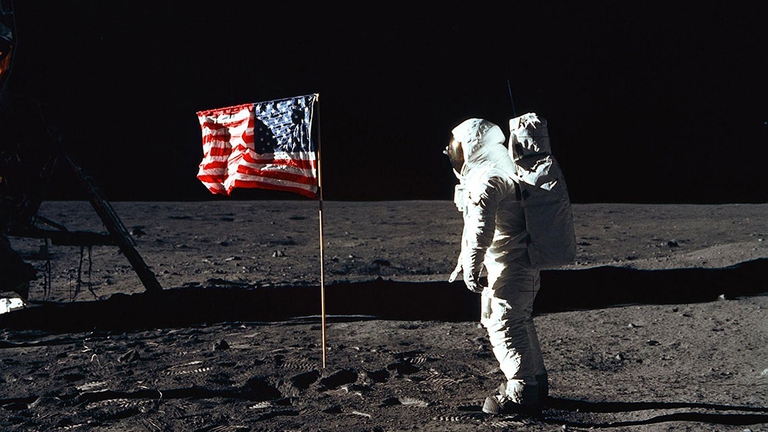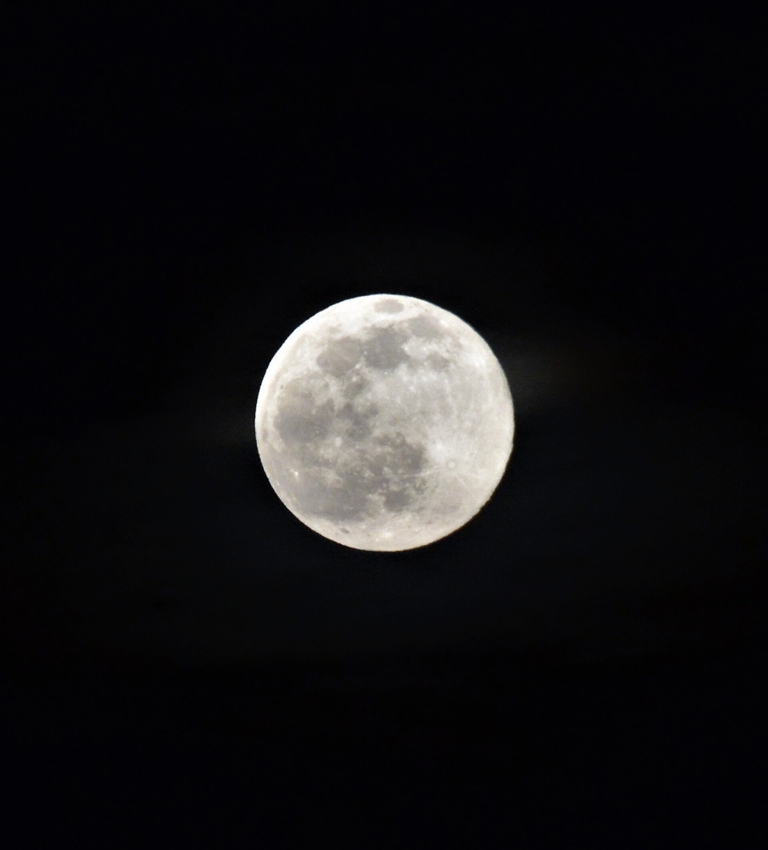https://www.lifegate.it/russia-cina-nucleare-luna
- |
There Russia and the China they would be planning the construction of a nuclear power plant on the Moon.A project that has some science fiction, but which has received the imprimatur of Yuri Borisov, director of the Russian space agency Roscosmos.The former deputy defense minister of Moscow explained that the two nations are already collaborating on a specific program:“We are seriously evaluating this possibility:a unit of energy production on the lunar surface together with our Chinese colleagues."
A nuclear reactor on the Moon to power future "colonies"
According to Borisov, such a plant could feed future “colonies” installed on the Earth satellite, since in his opinion photovoltaic energy would not be sufficient to meet the demand for such structures.The project, in any case, appears extremely complex.The Russian leader himself explained that “the implementation should be carried out only through automated systems, without the presence of human beings".

Put in these terms, it really seems like something unimaginable.Also because Borisov himself explained that, connected to this project, there is also the construction of a giant spaceship for transporting cargo, also powered by a nuclear reactor.“We are actually also working on a space tug:an enormous structure that would be capable of transporting large loads from one orbit to another, move waste materials, but which could also be used for numerous other purposes."With one small detail still to be resolved:“All technical issues relating to this project have been resolved with the exception of the problem of cooling of the nuclear reactor”.
In 2021 a memorandum of understanding between China and Russia for a scientific base
In March 2021, recalls the Russian state agency Tass, Roscosmos and China had signed a memorandum of understanding and cooperation for the development of a scientific station international lunar.for this purpose, some missions are planned whose main objective is to test some technologies in order, ultimately, to begin building the research complex experimental.Which should be entirely and remotely controllable.According to the Russian-Chinese program, the first mission to the Moon is planned in 2026 and the project could be completed as early as 2028.
In general, the Earth satellite has returned to the center of attention of numerous governments, a decades away from the missions of the United States and the Soviet Union. India managed, last August, to successfully land its probe Chandrayaan-3, to the delight of Prime Minister Narendra Modi, who spoke of a "historic day" for his country.A few days earlier, Russia itself had tried, with the probe Moon-25 which, however, had crashed on the lunar surface.
In December 2022, the South Korea placed in orbit around the satellite the Danuri probe, launched with a rocket SpaceX.Seoul has set itself the goal of landing on the surface by 2032.Furthermore, a probe of Israel it crashed in April 2019, but Tel Aviv is aiming for a new attempt.at the same time, a start-up Japanese unsuccessfully attempted a moon landing with the Hakuto-R program, through which the aim was to land a small vehicle built by the United Arab Emirates.
What drives you to return to the Moon?
But what drives attempting such missions?On the one hand, it is believed that they can be recovered on the Moon strategic minerals.On the other hand, the satellite could represent a launch pad to reach Mars.

Furthermore, in 2010 the presence of ice to the lunar south pole:it could represent a source of drinking water, but also a "raw material" that could be broken down to produce hydrogen as fuel e oxygen for human breathing.It must be said, however, that the morphology of the lunar territory makes access to the South Pole very complex.
Added to all this are issues of international prestige, and perhaps even of military strategy.
